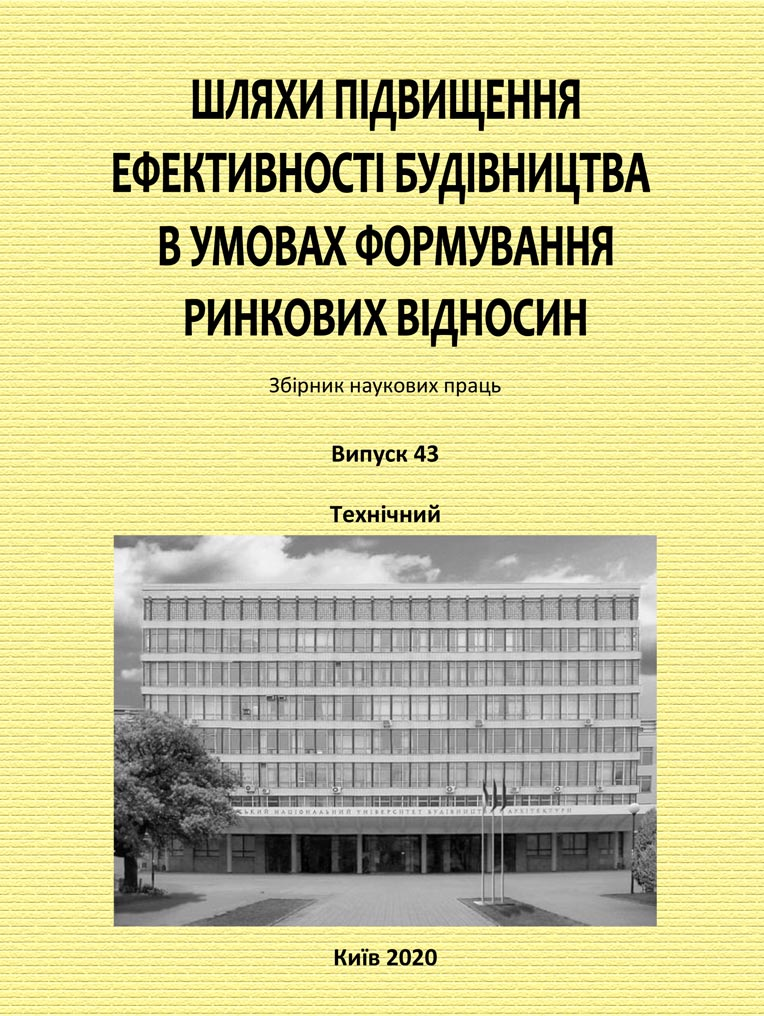Enterprise competitiveness management in modern business conditions
DOI:
https://doi.org/10.32347/2707-501x.2019.42.66-76Keywords:
competition, strategy, structure, management, cost, diversification, motivation, control.Abstract
The need to manage the competitiveness of the enterprise is due, first of all, to the ongoing rapid changes in the environment, the emergence of unpredictable economic and financial situations. An effective enterprise competitiveness management system ensures the firm's stable position on the market, creating a steady increase in its competitive advantages in a rapidly changing environment.
The analysis of the literature has shown that the competitiveness of the enterprise in the general classification of management objects can be attributed to functional (as opposed to production and structural), which require the development of a special management mechanism.
The main task is to theoretically substantiate and develop the basics of methodological support for the formation of a strategic management system for the competitiveness of construction enterprises, which will allow to achieve, on the one hand, competitive advantages in the form of low cost enterprise, and on the other - more effective implementation of construction projects on the basis of optimization of management and construction financing - assembly works.
The article considers the basic elements of managing the competitiveness of the enterprise and products, the competitiveness indicators of the construction company, the principles of choosing basic competitive strategies, taking into account the real capabilities of the enterprise. The role of the main determinants of internal and external factors that influence the effective activity of a production organization and their importance for enhancing the competitiveness of a construction company, as well as the ability to manage competitiveness in market relations are shown. It is revealed that the enterprise competition strategy is more than just the sum of the strategies of individual units, and one of the basic factors for the competitiveness of construction products is the time of construction of the building and its commissioning. The connection between the competitiveness of the enterprise and the competitiveness of construction products is identified, and the factors that shape it are determined.
References
1. Oykhman, E.G. & Popov, E.M. (2005). Business reengineering: organization reengineering and information technology. – M.: Finance and Statistics.
2. Kostyuk, L.A. (2012). Theoretical and methodological foundations of competitiveness assessment. Collection of scientific papers of the Taurida State Agrotechnological University. (Economic sciences, 2, 22 – 30.
Belov, A.V. (2011). Methodological approaches to assessing the level of competitiveness of a trading company. Scientific Herald of the University of Uzhgorod. Series Economics. Special issue , 33, (Vol 1), 18 – 25.
Shkarlet, S.M., Ladushki, L. & Korzh, T.I. (2011). Methodological aspects and methodological principles for assessing the competitiveness of cheese-making enterprises . Bulletin of ChDIU, 3 (11), 153 – 161.
Ivanov, Yu.B., Orlov, P.A. & Ivanova, A.Yu. (2008). Competitive advantages of the enterprise: assessment, formation and development: monograph, 352 p.
Tsibulsky, E.I. (2018). The competitiveness of the enterprise: textbook. allowance. for students studying in special. 051 – Economics /320 p.
Nesterenko, A.V. (2019). Attracting investment by an innovatively active enterprise based on risk management: abstract of thesis. ... cand. econ. Sciences /08.00.04 – Economics and management. enterprises (by type of economic. active.). 24 p.
Shevchuk K.I., Oliferuk S.L., Krykun K.V. & Serdiuchenko N.B. (2018). Ekonomichni instrumenty upravlinnia efektyvnistiu i konkurentospromozhnistiu vyrobnytstva (pidpryiemstva). Budivelne vyrobnytstvo, 63.
Rosynskyi, A.V. (2019). Vprovadzhennia CRM-systemy yak zasib pidvyshchennia konkurentospromozhnosti developerskoi kompanii. Efektyvni tekhnolohii v budivnytstvi: IV Mizhnarodna naukovo-tekhnichna konferentsiia, 132-133.
Downloads
How to Cite
Issue
Section
License
Copyright (c) 2020 V. Savenko, I. Nesterenko, V. Klyuyeva

This work is licensed under a Creative Commons Attribution 4.0 International License.
Authors who publish with this journal agree to the following terms:
- Authors retain copyright and grant the journal right of first publication with the work simultaneously licensed under a Creative Commons Attribution License that allows others to share the work with an acknowledgement of the work's authorship and initial publication in this journal.
- Authors are able to enter into separate, additional contractual arrangements for the non-exclusive distribution of the journal's published version of the work (e.g., post it to an institutional repository or publish it in a book), with an acknowledgement of its initial publication in this journal.
- Authors are permitted and encouraged to post their work online (e.g., in institutional repositories or on their website) prior to and during the submission process, as it can lead to productive exchanges, as well as earlier and greater citation of published work (See The Effect of Open Access).

